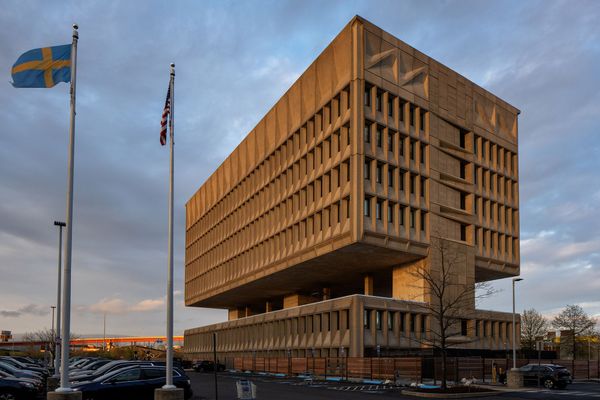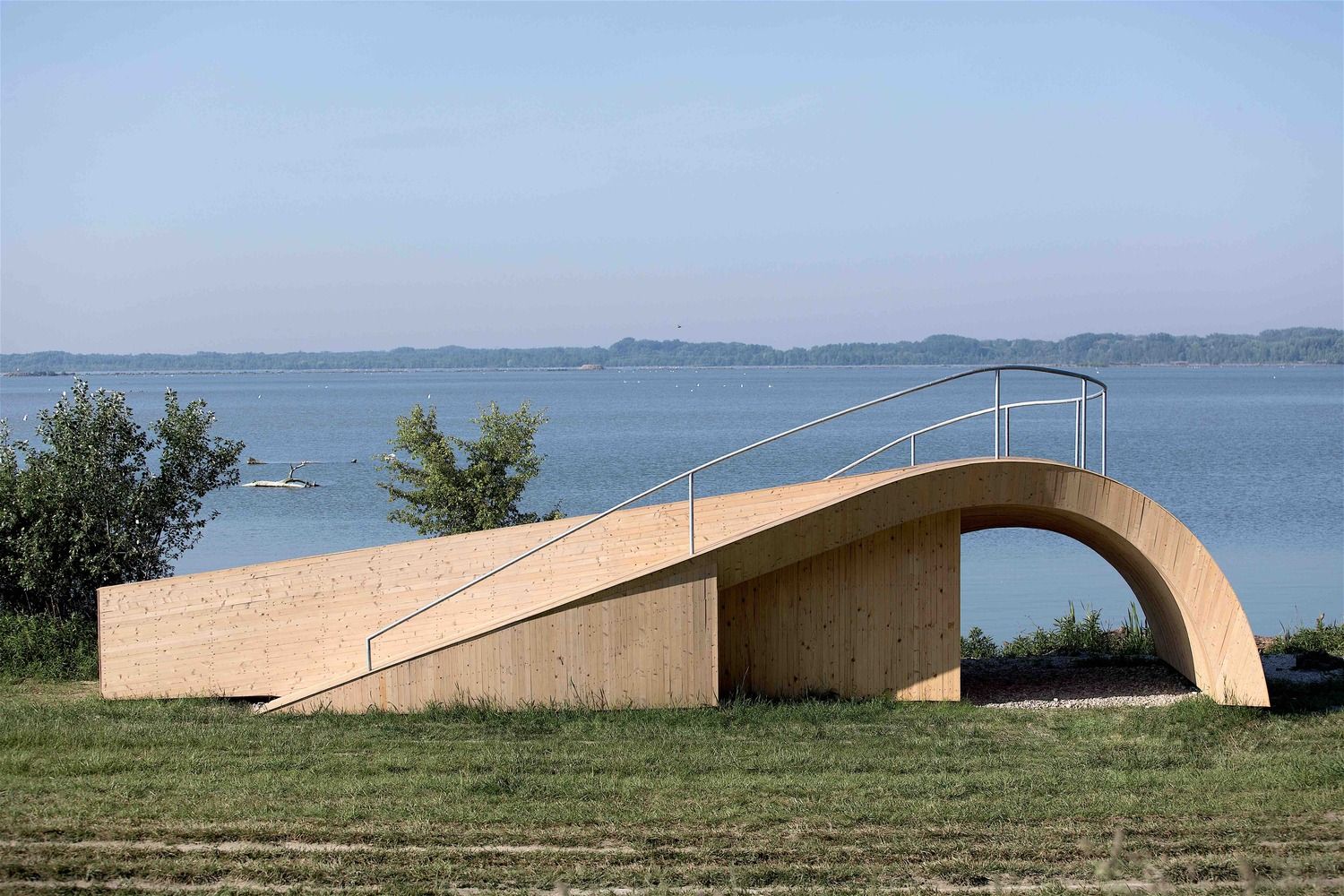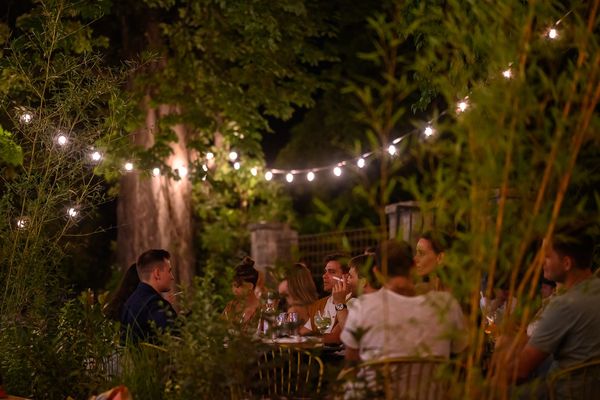Not far from the Slovak capital, alongside the Danube, among the reeds and bushy trees, a wooden shelter overlooking the horizon welcomes bikers and hikers, but it’s a great spot for observing birds nesting on the river, as well. The project is the result of a workshop in cooperation between the Bergen School of Architecture (BAS) and the Slovak University of Technology in Bratislava (STUBA.
Ten students on behalf of BAS and fifteen on behalf of STUBA came together to create a shelter named ‘Duna’ (Danube), situated 18 kilometers from Bratislava, in close proximity to Kalinkovo municipality. The landscape is renowned for its rich birdlife and thousands of bikers passing through: alongside the area, an asphalt cycle route runs through Slovakia and Austria to Germany.
For certain waterfowl species, this area is the most important wintering habitat in Europe. If the winter’s cold enough, we can find more than a hundred thousand birds here, and more than a hundred and fifteen species are registered in the area. As a result, this is part of a protected area for bird species. In wintertime, we are likely to see species such as the great bustard, golden eagle, Eurasian jay, and rare ones such as pygmy cormorant or white-tailed eagle. During the autumn and winter migration seasons, we can observe species like the mute swan, common or tufted pochard, while during the breeding season, we can catch a glimpse of the more rare Mediterranean and black-headed gull, as well.
One of the characteristics of the shelter is that its design blends perfectly into the landscape. Ninety-five percent of its structure is made of wood, with the remaining five percent made of twelve meters long CNC-cut plywood sheets. Both the interior and exterior cladding are made of local pine wood. Inside the sheltered, curved space, information and drawings about different bird species are displayed, as well as descriptions of bird activities taking place on the site.
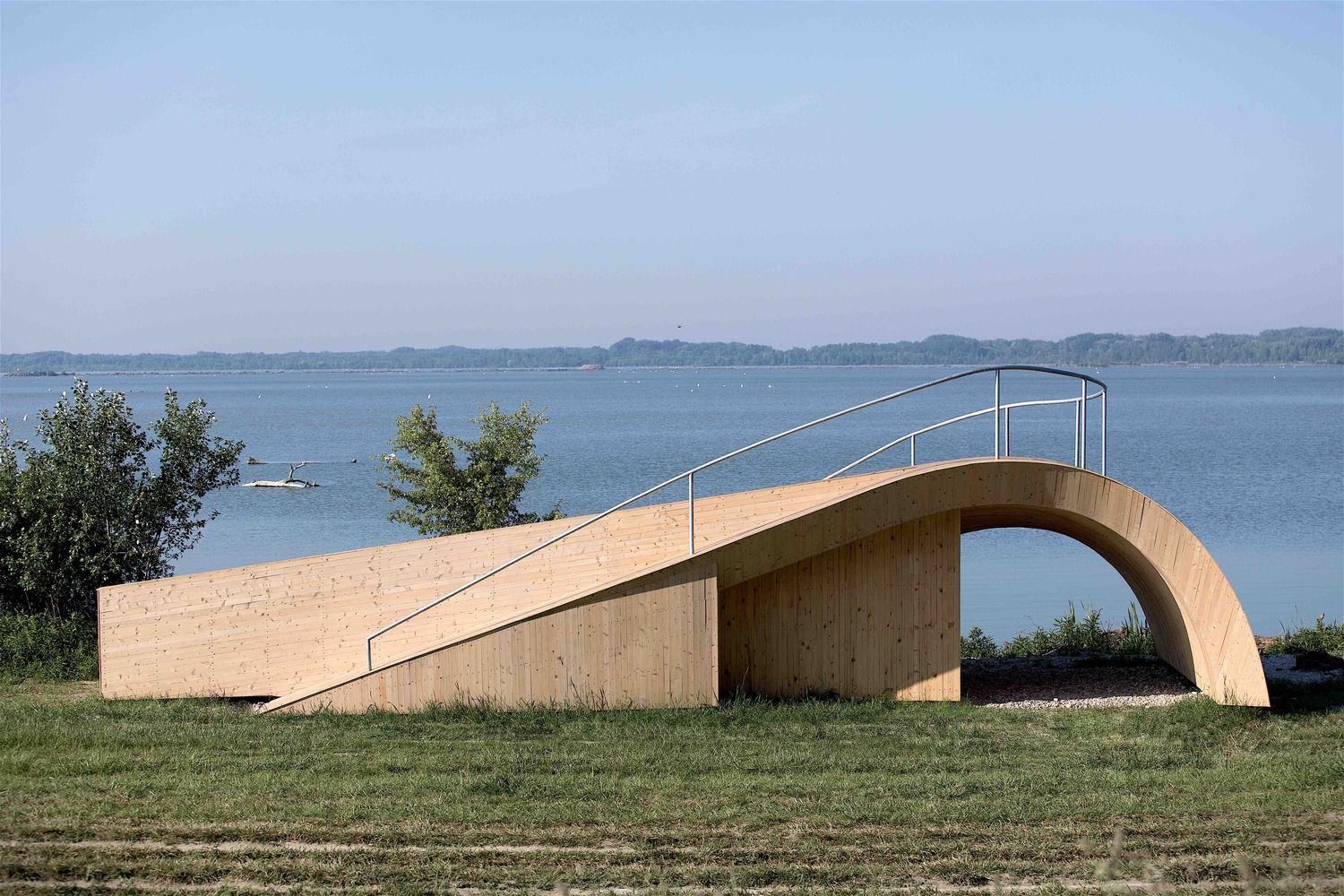
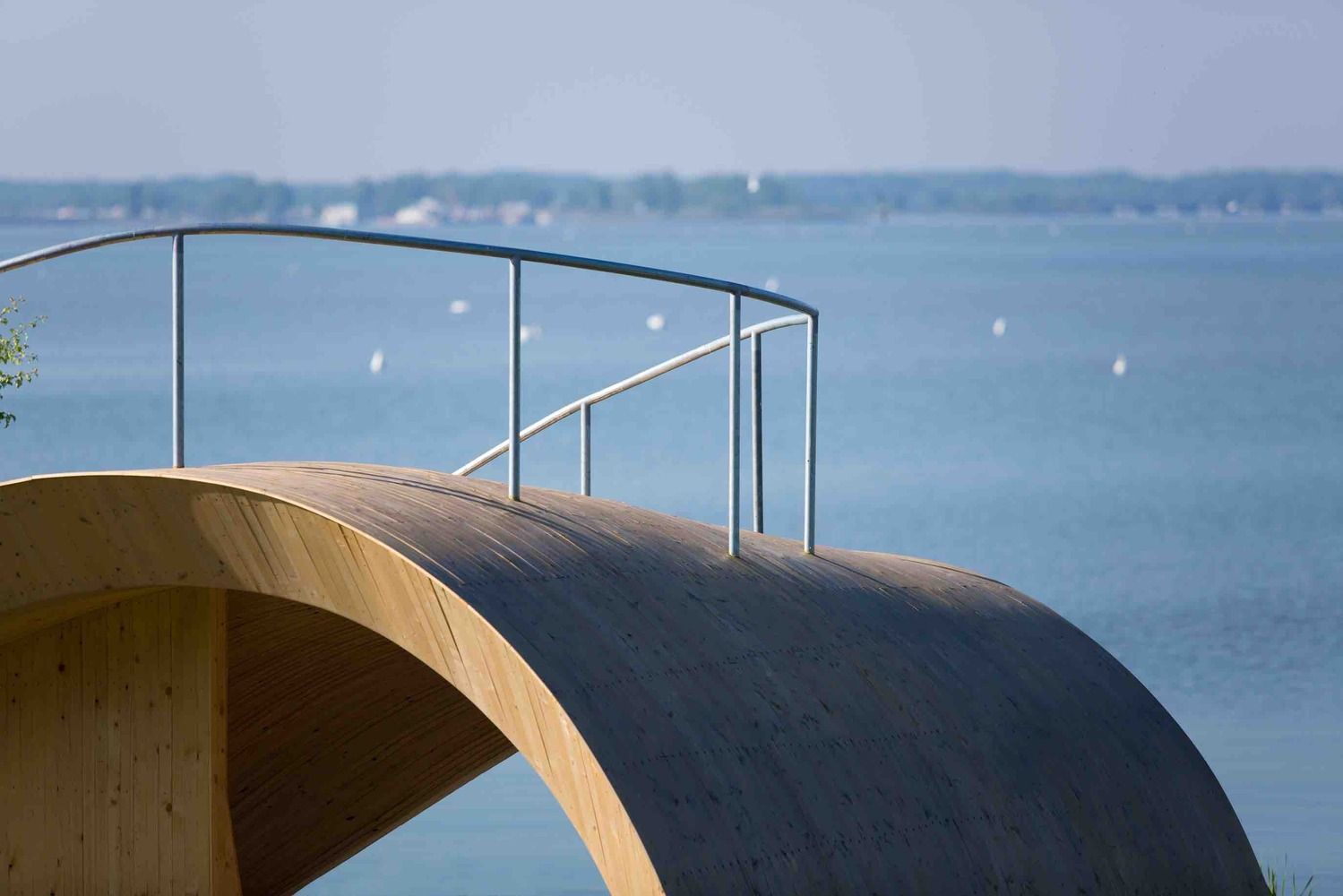
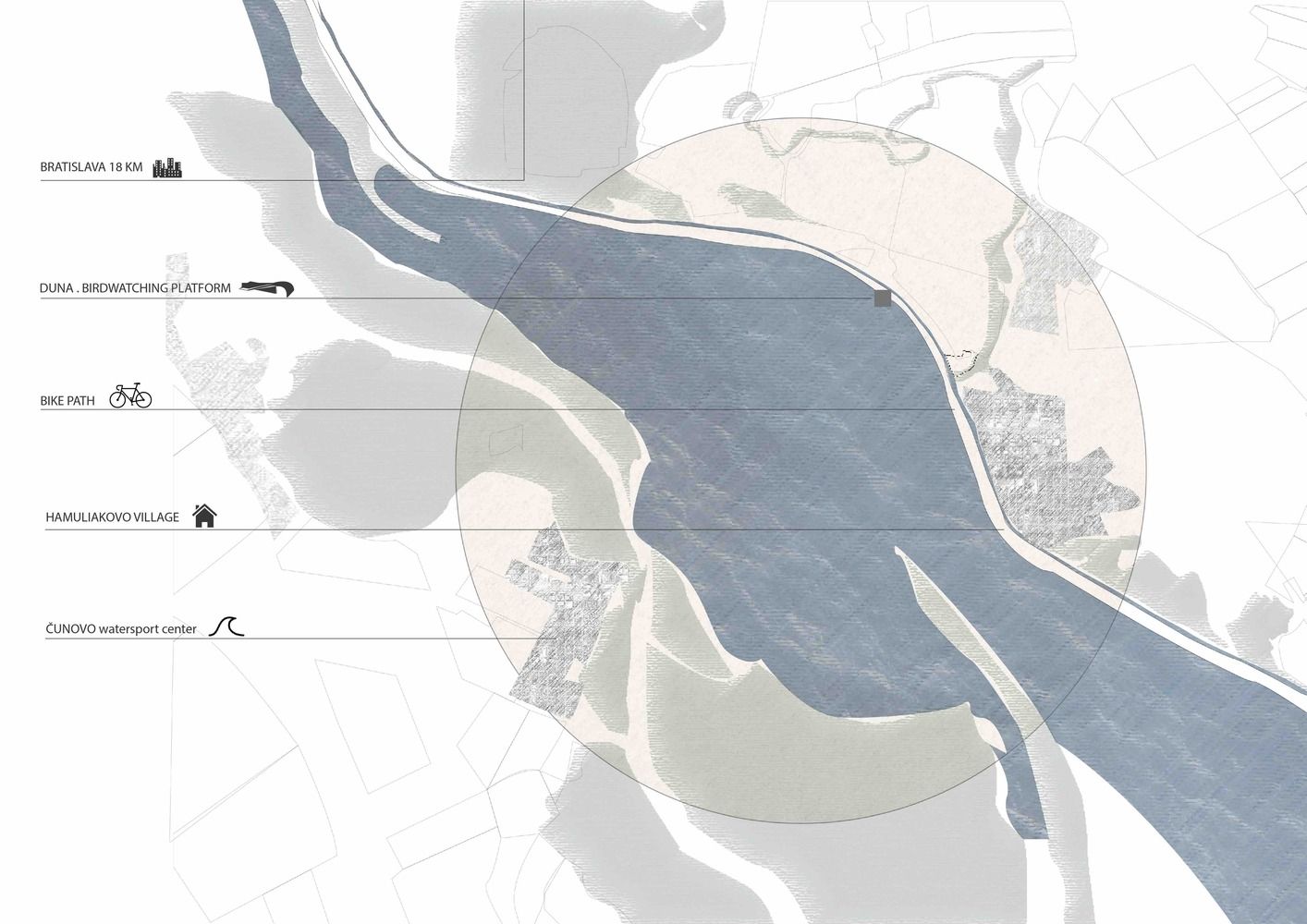


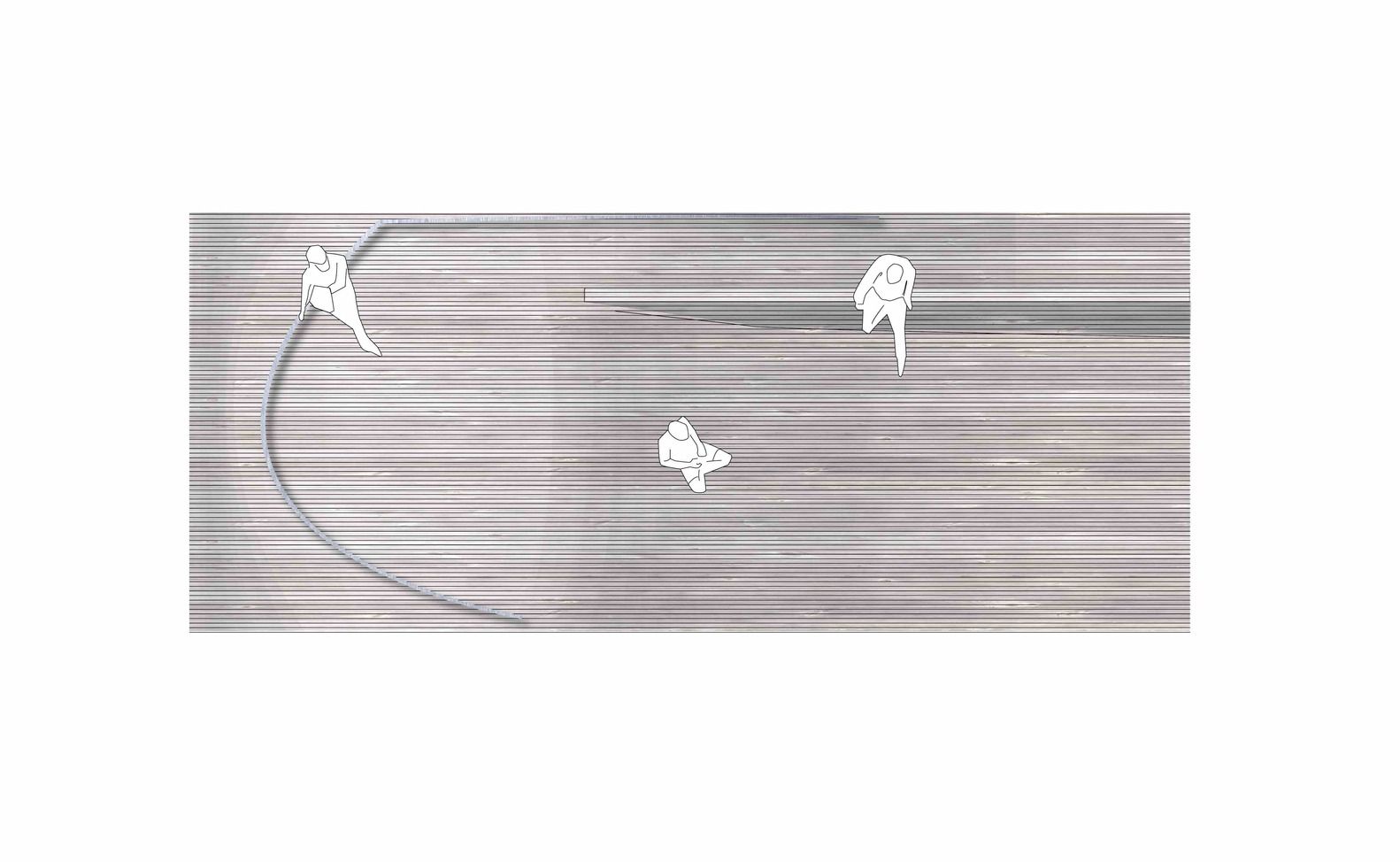
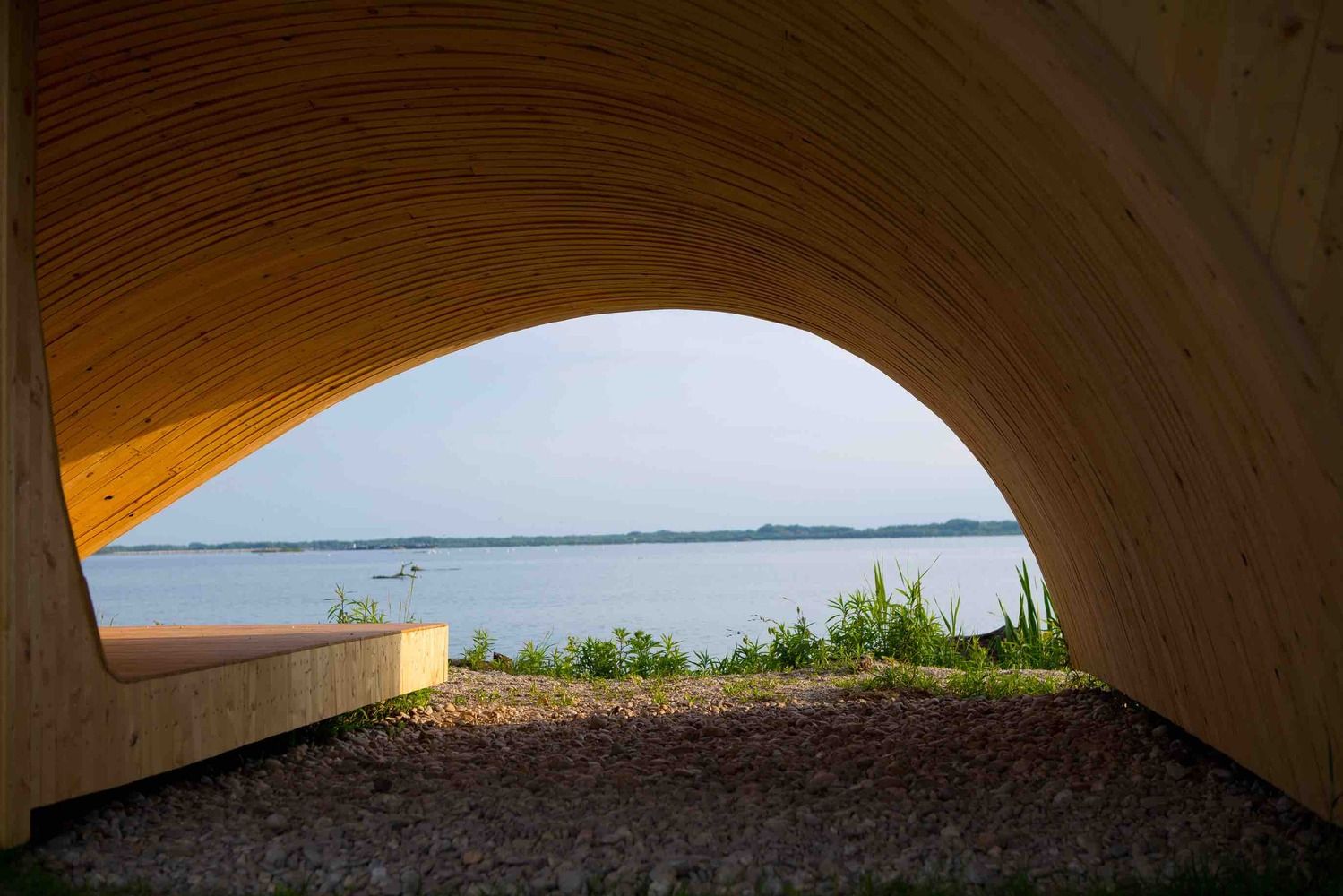
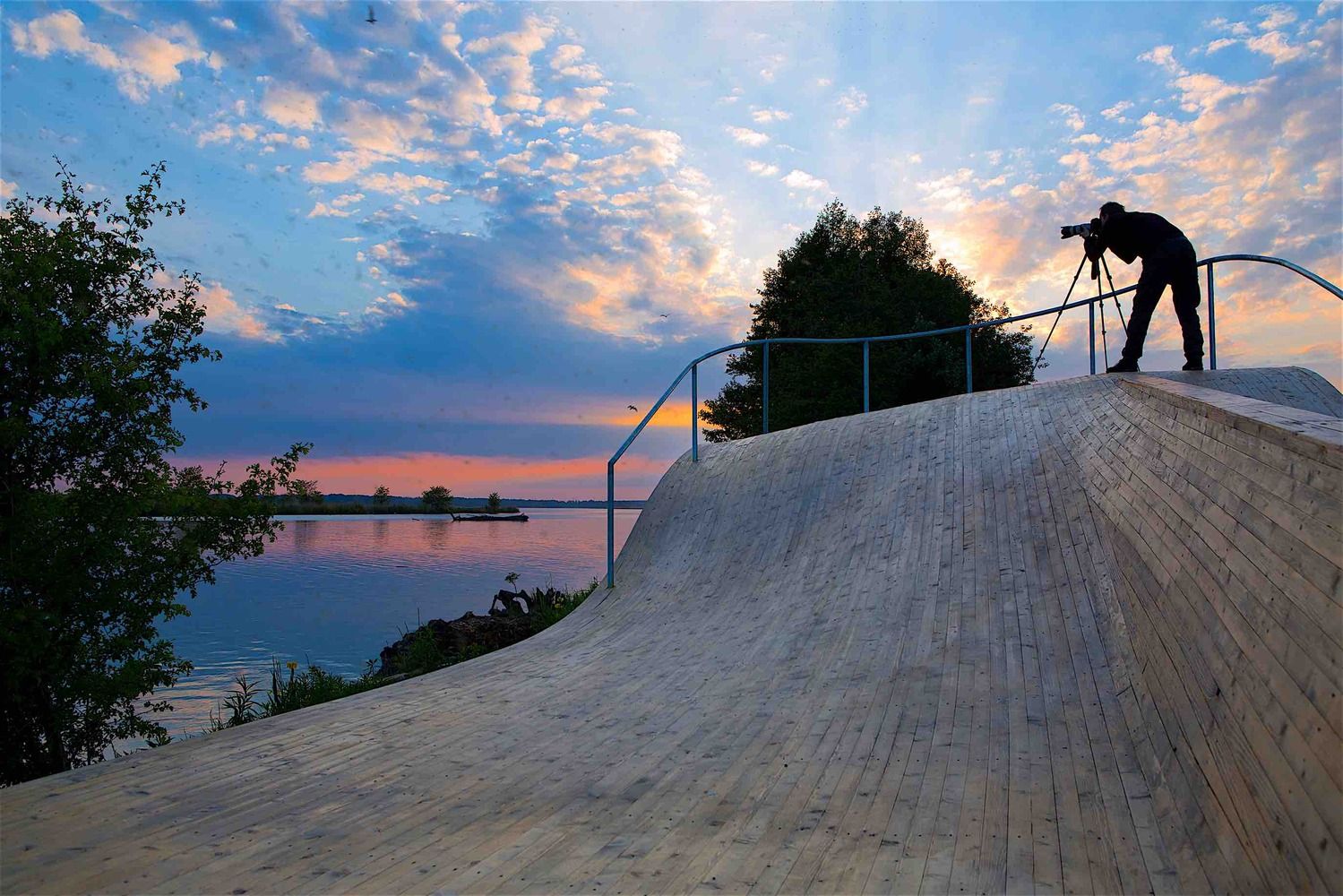
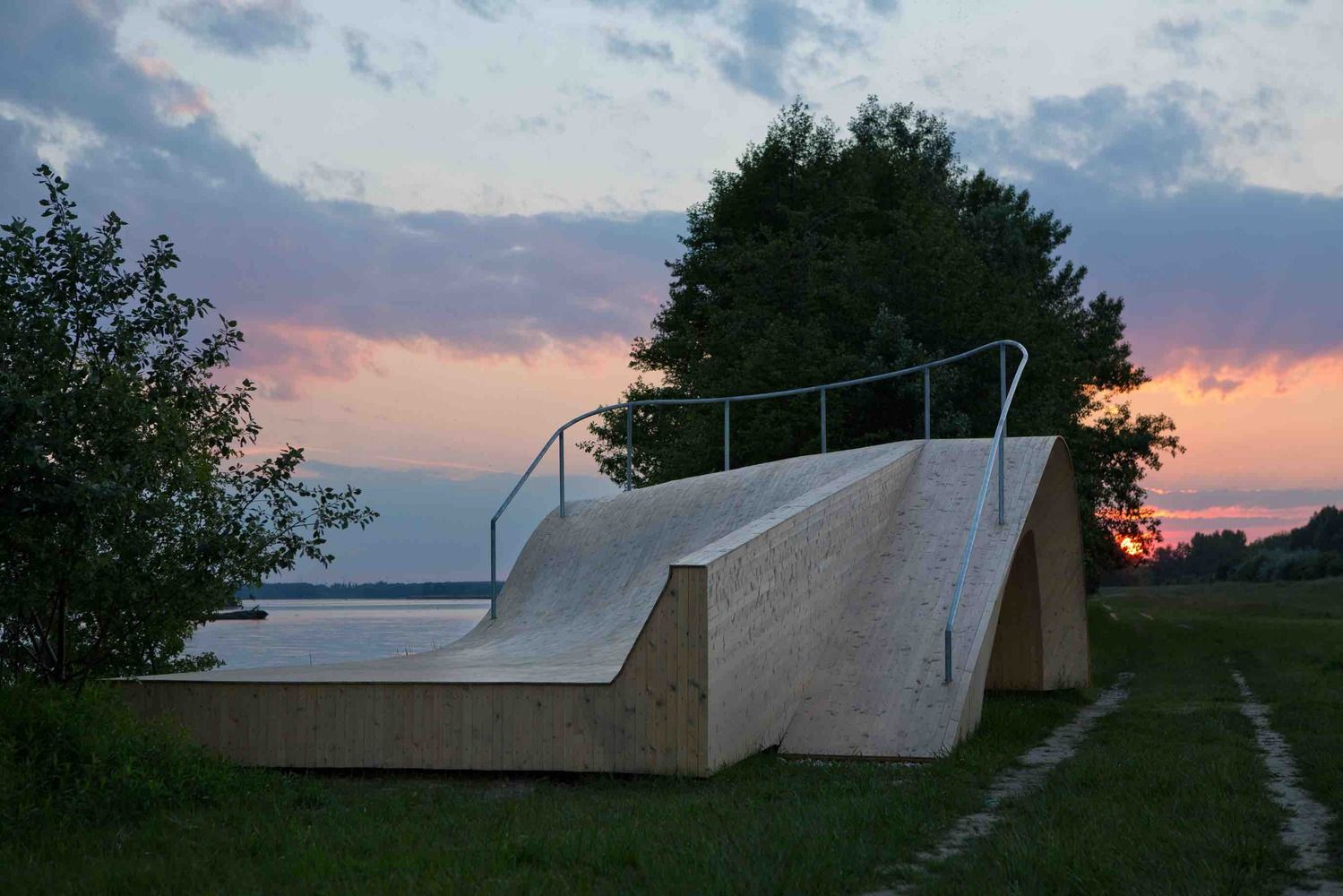
Source: Archdaily

The story of Chinese investments in Central and Eastern Europe
